I recently had the opportunity to test a pre-production version of the new Laowa 9mm F/2.8 Zero-D lens in a native Fuji mount (my main camera is a Fuji XT-1). Luckily I was about to head off on a family vacation to Florida where I knew I would have lots of opportunities to see how the lens preforms.
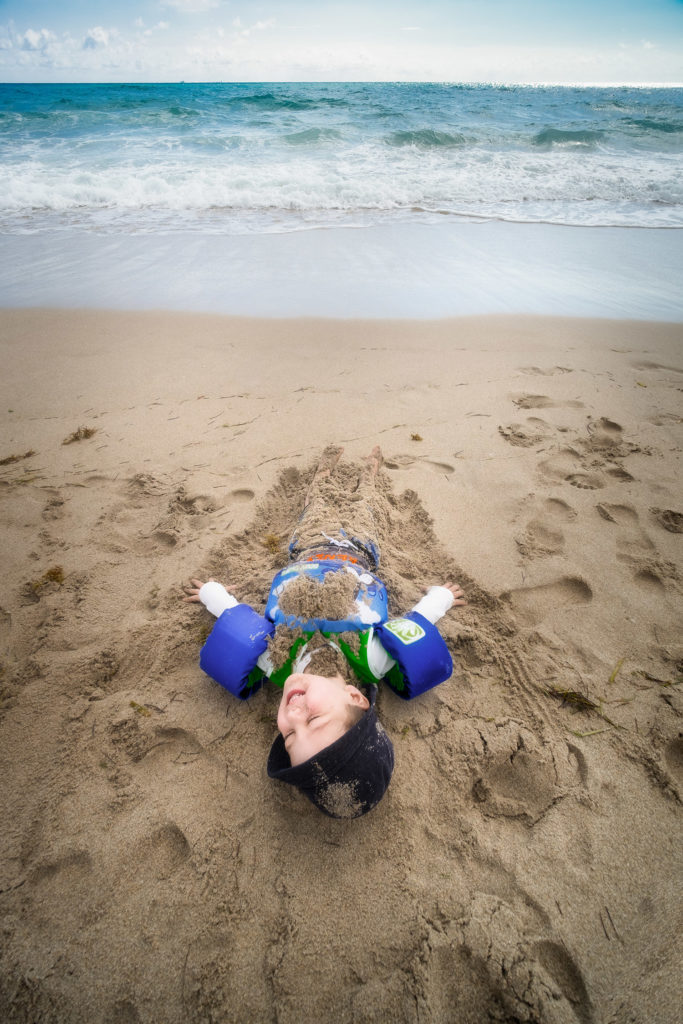
My three year old son enjoying the surf and sand at Pompano Beach
Before I get into the specifics on the lens and how it preformed, it’s important to note a couple things. First, this was a pre-production lens. As you will see below, I was very impressed with this lens as is, but there may still be some final tweaks before the final production run.
Second, I test new lenses by putting them in my bag with the rest of my gear and heading out to take photos. My subject matter and the style that I shoot are the same as if I was using a lens that had been in my collection for years. That means I won’t be referring to MTF charts and I didn’t take any images of brick walls (unless the wall had artistic merit). I also put more emphasis on the quality of the image after I’ve processed it rather than relying simply on the RAW image. Vignetting for example, can be quite prevalent in RAW images from ultra wide-angle lenses and this lens is no different. If I can correct it appropriately in post without a discernable loss of quality and still achieve my desired vision for the shot, I’m not concerned by its presence its RAW format.
Now that the disclaimers are out of the way, let’s move on to the fun stuff…..
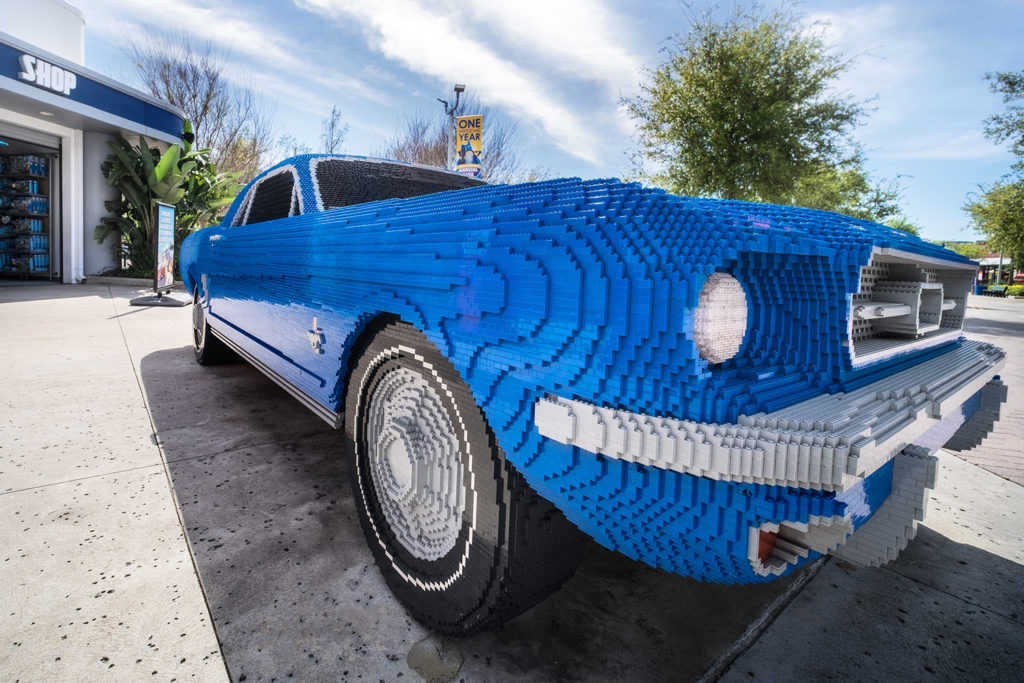
Lego life-size replica of the 1964 1/2 Ford Mustang V8 Coupe – Legoland
FIRST IMPRESSION
Having played with the Laowa 12mm f/2.8 Zero-D (using their EOS to Fuji-X adapter), I was not surprised by the solid build and construction of this new lens with the barrel and detachable lens hood made of metal.
What I hadn’t anticipated was the incredibly small size of the lens. In hindsight, it makes sense. This is a manually focused prime lens specifically designed for mirrorless APS-C sensors. Laowa has taken full advantage of the shortened flange distance to deliver a very compact lens that perfectly complements smaller sensor ILC cameras.
The lens has clear markings on the aperture ring (f/2.8-f22) and with a minimum focusing distance of 12cm, there is an appropriate amount of throw for accurate manual focusing.
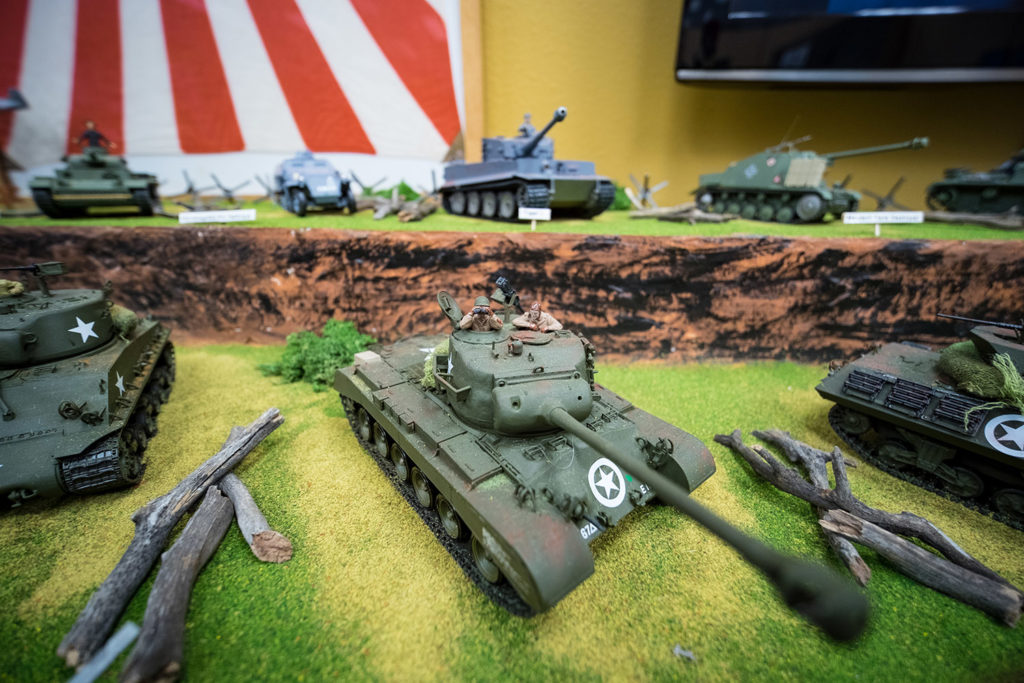
Miniature tank models – Museum of Military Kissimmee
Laowa uses three special low dispersion lenses (ED lens) and two glass aspherical lenses as part of the lens construction to help counter distortion. Barrel distortion has almost always been a necessary evil with ultra wide-angle lenses. It is more pronounced in some lenses but still noticeable on all of them, even to the untrained eye. Until now. Laowa has made advances in lens technology and design build lenses that virtually eliminate barrel distortion. Laowa designates this feature in the lens’ model name with “Zero-D”. That is a huge advantage for many styles of photography, especially landscape and architectural images.
PERFORMANCE
This family trip did not included visits to any big cities where the lens would be perfect for photographing large buildings or other cityscapes. With two young boys to entertain though, we had an adventure planned at a location that was arguably better suited and a heck of a lot more fun…. LEGOLAND!
The Lego miniature village at the amusement park provided the perfect backdrop. The results were as promised by Laowa. At 9mm, parallax is quite prevalent and completely unavoidable regardless of the lens manufacturer (unless using a tilt-shift lens) but there was absolutely no discernable distortion in any of my images, including subjects at the edges of the frame.
Another nice feature of the lens was the ability to focus on subjects as close as 12cm with an aperture of f/2.8. Many photographers question the need for such a short minimum focus distance or wide aperture on an ultra wide-angle lens since they believe these lenses are exclusively meant for astrophotography, landscapes and skyscrapers (and Lego buildings!). But the ability to have a shallow depth of field at close distances, allows for some interesting images with a unique perspective that other lenses are simply not capable of. I had a fun time using these features during a visit to a local military museum photographing some of the battle mock-ups as well as at a nature preserve when we came across some monarch caterpillars munching away on a plant.
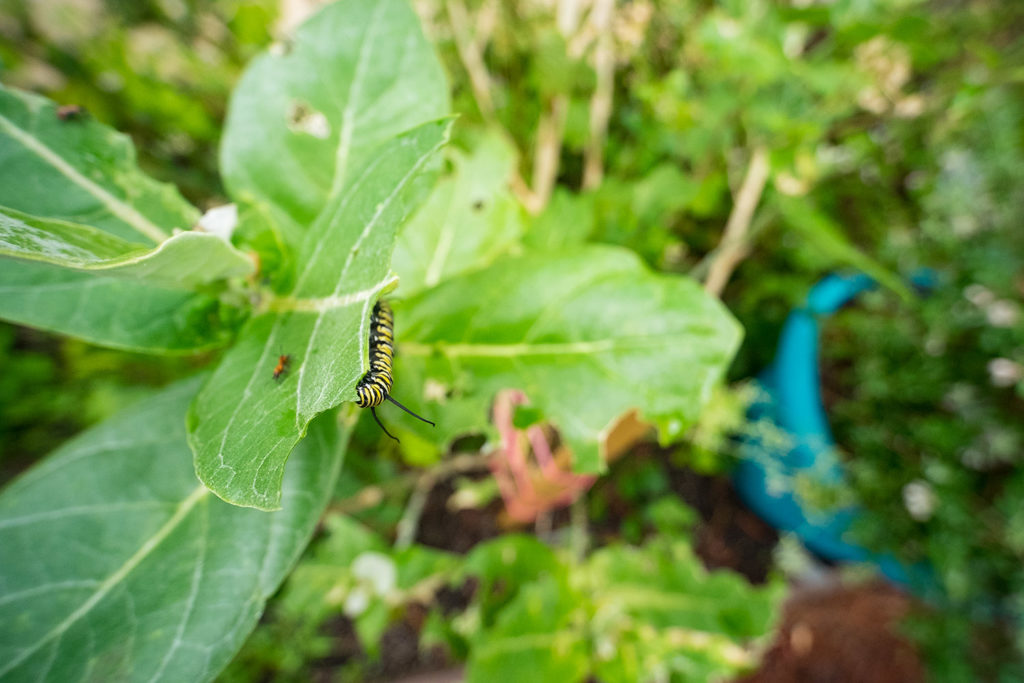
Monarch caterpillar – Sugar Sands Park
There is no autofocus or any other type of communication whatsoever between the lens and the camera. In the past this would have been a negative, however, with focus peaking on many of today’s ILC cameras, I was able to constantly achieve fast and accurate focusing with this manual lens. In fact, my keeper rate was equal to or even greater than I typically achieve because I could fine tune it easily. Manual focusing quickly became second nature.
Also, the lens is extremely sharp, even wide open, but, like most wide-angle lenses, sharpness tapers off in the extreme corners.
FINAL THOUGHTS
I have always been a fan of ultra wide-angle photography and have been using Fuji’s excellent XF 10-24mm F4 OIS shortly after it hit the market. However, it’s the only zoom lens I own and is quite bulky in comparison to the rest of my arsenal. After using the Laowa lens for a couple of weeks, I’m seriously reconsidering my lens lineup and going back to all primes. Yes, I’ll lose image stabilization and autofocus but I’d be gaining a lighter, more compact lens with an extra stop of light and a wider field of view. Yes, there is a noticeable difference between 9mm and 10mm and still be able to cover the rest of the zoom range with 14mm and a 24mm lenses. The close focusing distance and wide maximum aperture would also allow for some unique photos that I can’t accomplish with any other lens.
The Laowa 9mm f/2.8 Zero-D lens is an excellent lens with an impressive build quality at an incredible price. The lack of distortion is quite remarkable for such an extreme field of view and this lens would be a great addition to any camera bag for photographers who shoot with Fuji X, Canon M or Sony E mount cameras.
About the Author
David Librach is a fine-art photographer with a passion for printing and helping photographers explore the creative and technical aspects of photography.



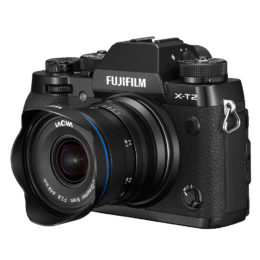
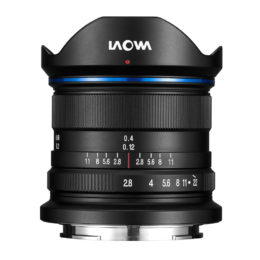
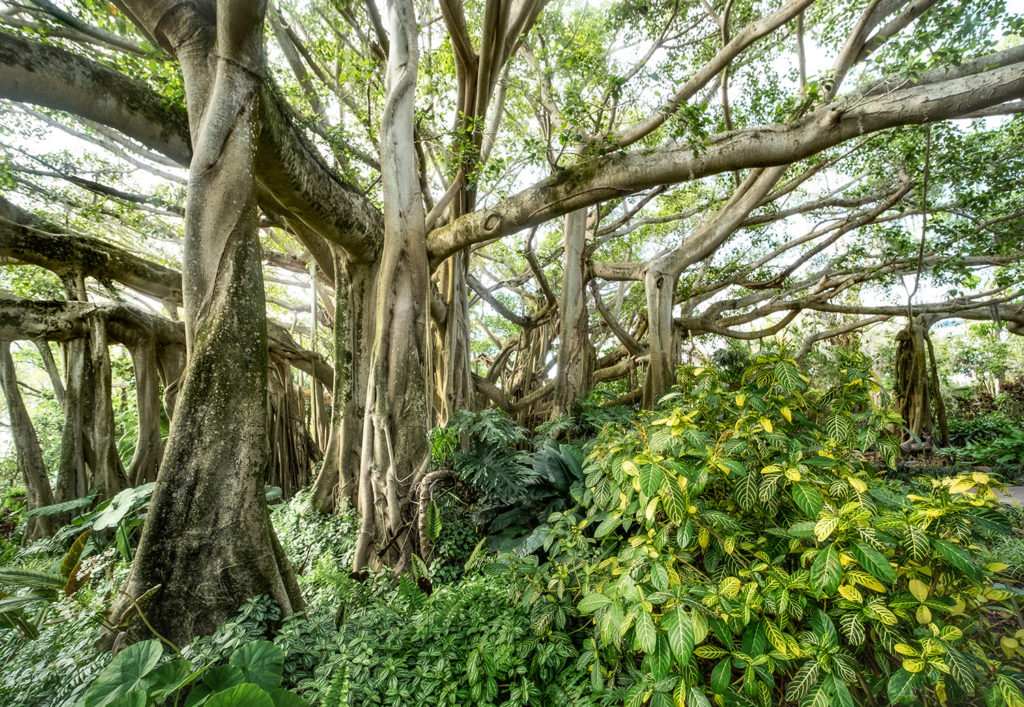
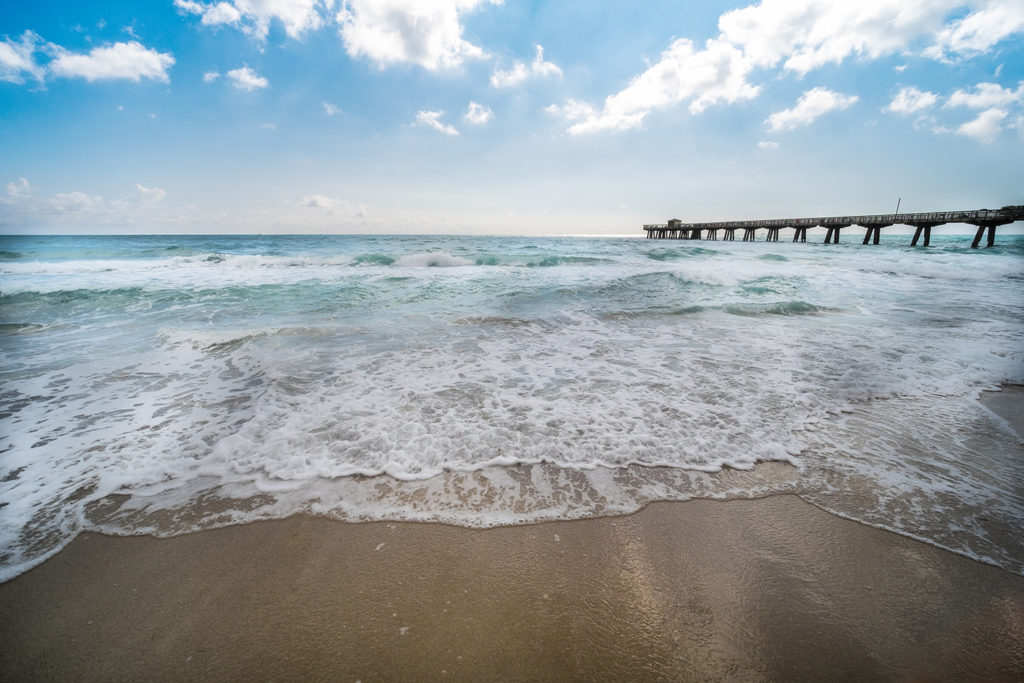
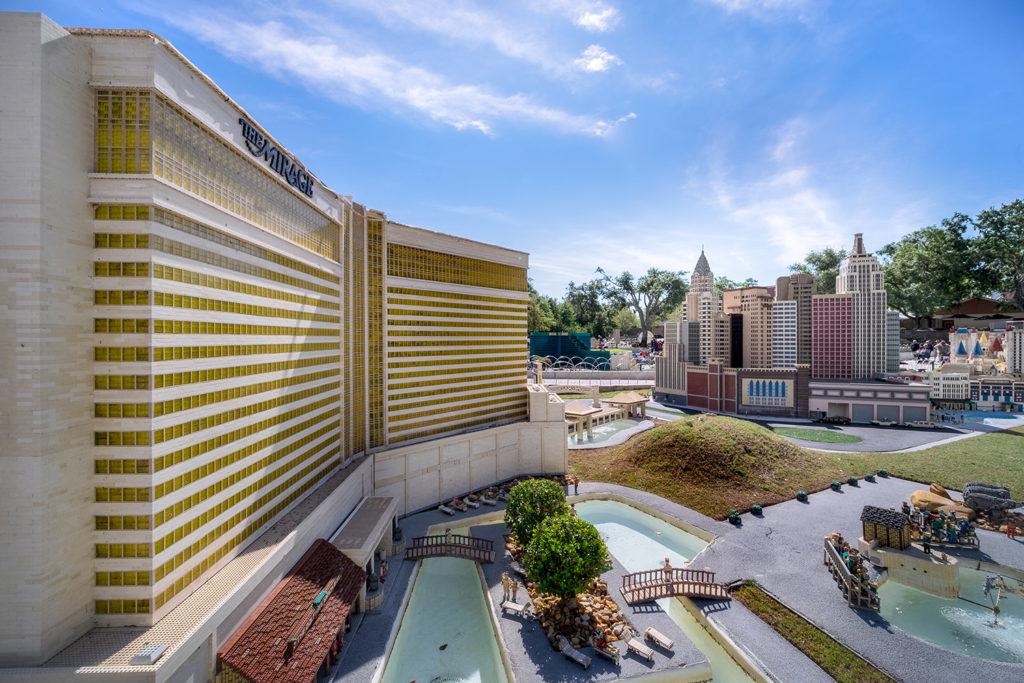
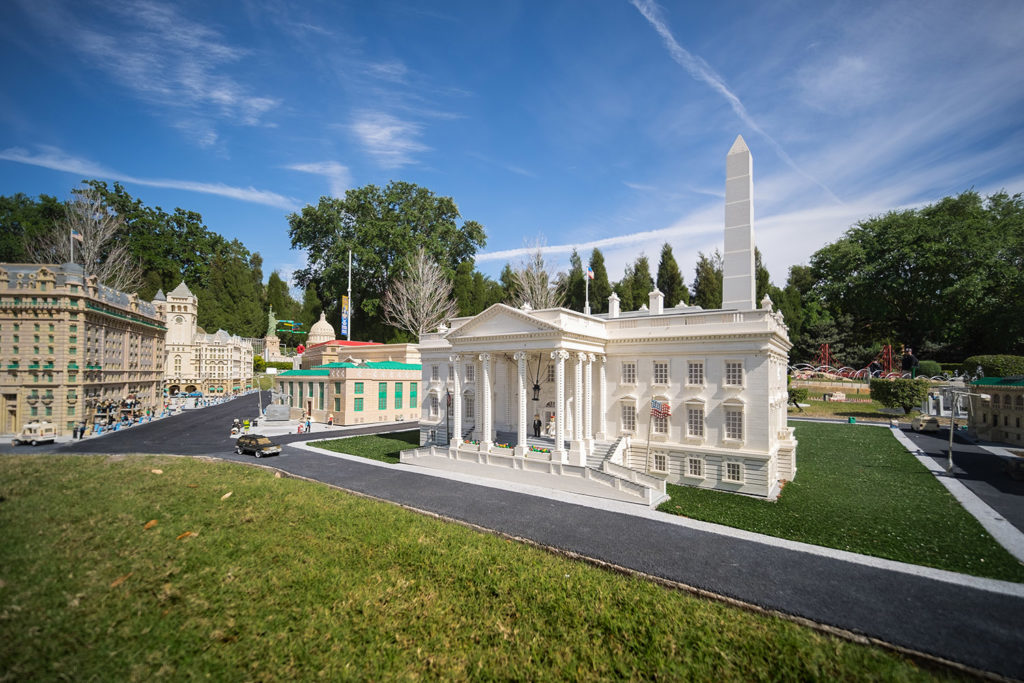
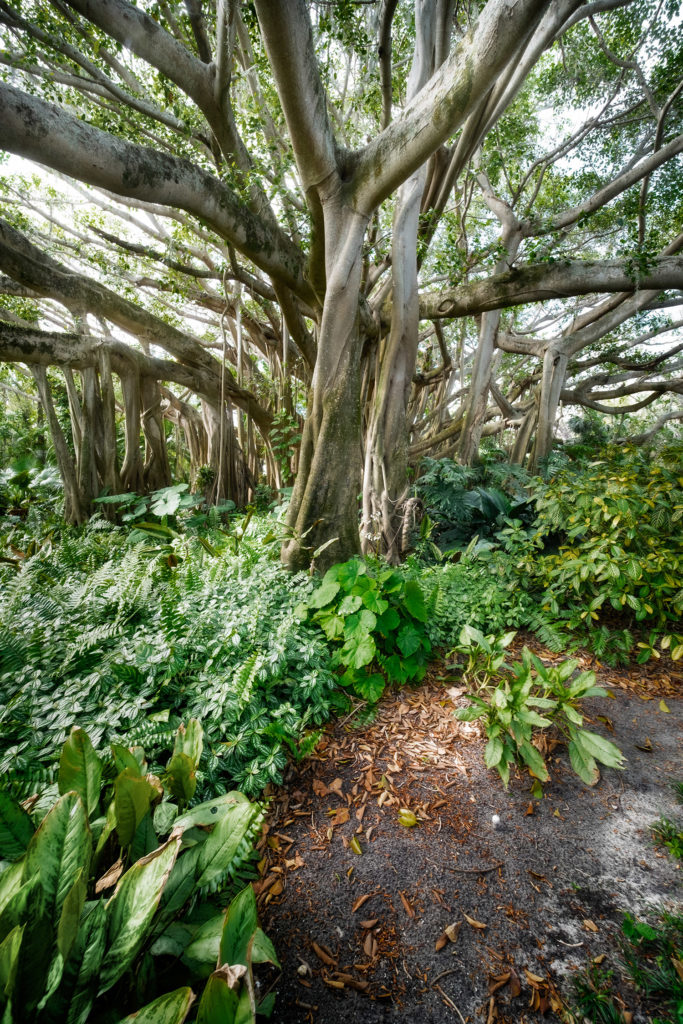





This is the third review that I have read in the last couple of days, and they were all equally complimentary about the build quality and performance of this lens. When can we expect a Fuji X-Mount version to be available in Canada? Hopefully it will cost around $499US/$630CAD as suggested in the other reviews.
Pingback: Venus Optics Laowa 9mm f/2.8 ZERO-D APS-C mirrorless lens additional coverage | Photo Rumors